FTX vs Binance: Which Is Better?
On 11 November 2022, the FTX cryptocurrency exchange filed for bankruptcy after encountering liquidity problems. This article was written much earlier, so we recommend that you do not follow the guidelines in this article.
FTX vs Binance are two of the most popular cryptocurrency exchanges. FTX, Binance have a lot to offer, but which one is the best? This article will explain what FTX vs Binance have in common and how they differ (read this – FTX vs FTX Pro).
Then, we’ll provide an in-depth comparison between them based on six criteria: security, ease of use, transaction fees, payment methods supported, countries supported and customer support.
FTX is a global company with international offices incorporated in Antigua and Barbuda, and headquartered in the Bahamas. They have employees in more than 30 countries around the world.
FTX is available for purchase at FTX, an exchange where you can buy 20 different cryptos. If you’re based in the United States, your best bet is to buy FTX on FTX US, which offers the same selection of cryptocurrencies and has the same user experience as FTX. You can fund your account with fiat currency, credit cards and bank transfers. Both exchanges also allow cryptocurrency deposits.
✅ FTX has the edge over Binance in a few key areas. FTX offers a wider variety of trading products than Binance does. FTX is relatively new (it was launched in 2017), whereas Binance has been around for much longer; as such, it’s had more time to work on its product offering. FTX offers a wider range of order types than Binance does; this makes it easier for more advanced traders to find trades that suit their style/strategy. Finally, trading fees at FTX are slightly lower than they are at Binance.
The primary difference between FTX and FTX US is the latter’s American regulatory status. As a result, FTX US may have a slightly different user experience and selection of products than its global counterpart. FTX US is a new trading exchange operated by FTX and registered in the United States to give American customers access to the same crypto trading products offered by FTX. It also has an office located in California. As it has been registered with FinCEN as a Money Service Business (MSB), the USA regulates FTX US. This registration means that it must meet certain obligations regarding customer verification, record keeping, filing reports and monitoring transactions for suspicious activity.
FTX cryptocurrency is a digital currency based on blockchain technology. The FTX cryptocurrency is decentralised and operates peer-to-peer. FTX isn’t managed by any central authority, such as a bank or government. The FTX cryptocurrency uses the Proof of Work (PoW) and Proof of Stake (PoS) algorithms to verify transactions and create blocks. PoW requires miners to solve complex mathematical problems to be awarded new coins, while PoS relies on the coin holder who owns the most coins to validate transactions. The FTX cryptocurrency is based on a supply-side economy that allows users to control their finances without relying on banks or other financial institutions. Users can send or receive payments without having access to a bank account or credit card because all transactions are done peer-to-peer.
We’re an authority on this topic because we have successfully performed extensive research on both companies. This research helped us understand both companies’ inner workings and how they operate in the market.
If you’re looking for a trading platform that can help you make money and provide you with multiple options, you should consider using Binance or FTX. Both these platforms have gained popularity, especially in recent months.
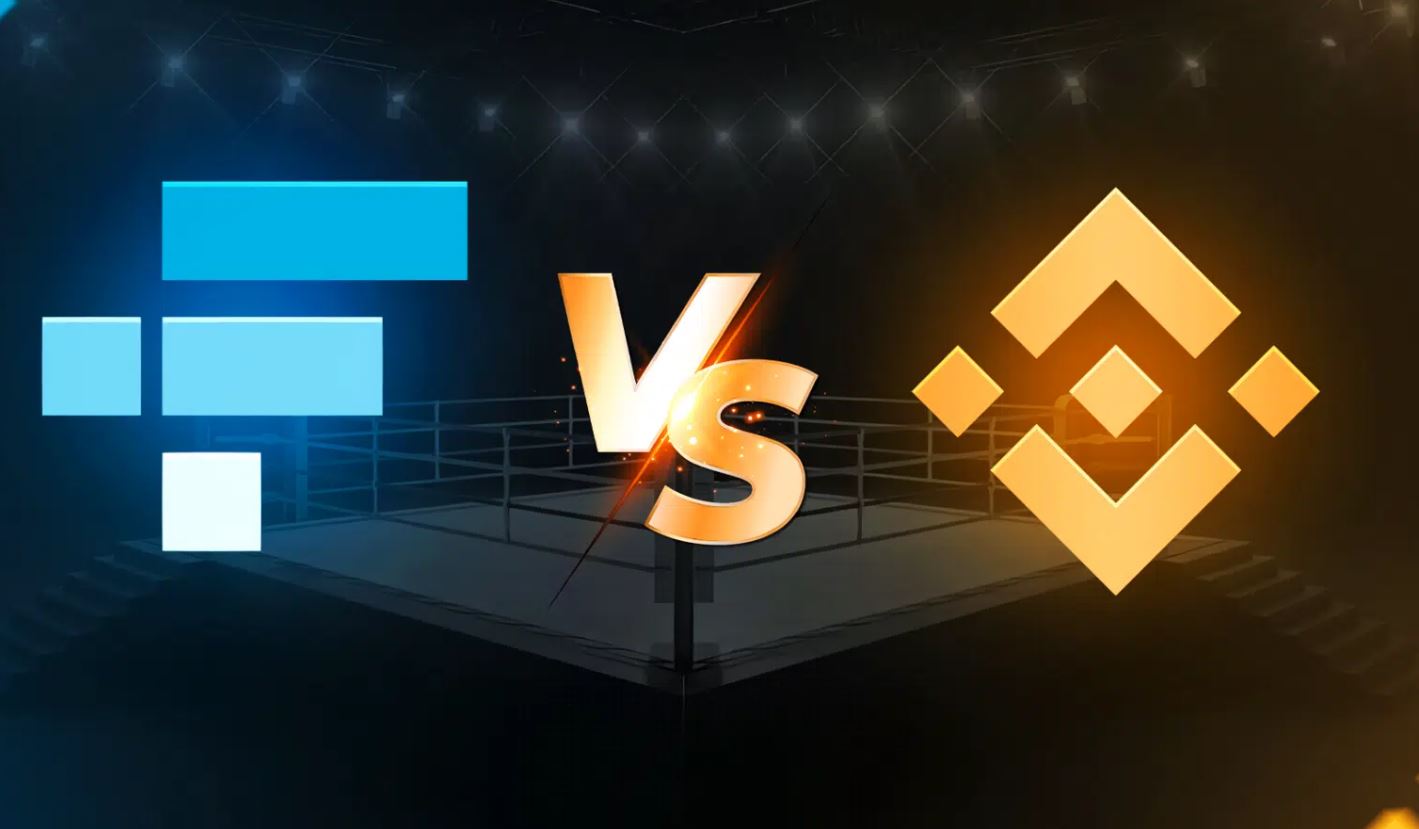
At the end of this article, you should have all the information you need to decide which exchange is best for your needs: Binance vs FTX.
FTX vs Binance Crypto Exchange Comparison
The cryptocurrency and crypto trading world can seem a little difficult to get into when you first get started. Thankfully, the number of great crypto exchanges is growing every day, making it possible to purchase more coins for our portfolios.
In this section, we will look at two trading platforms—FTX vs Binance. Both have their pros and cons, so comparing them will help you pick the one that’s best tailored to your needs.
FTX Overview
FTX was founded in 2018, after receiving funding from Alameda Research, one of the leading crypto liquidity providers in the world. They were known for their sophisticated trading algorithms and statistical models used in automated, computerised trading programs (also known as bots).
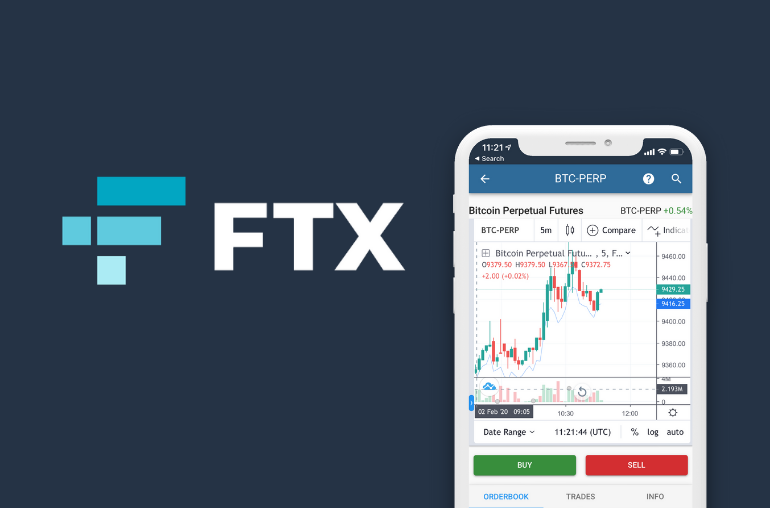
It currently operates out of Hong Kong, although it plans to expand into Singapore and San Francisco later this year. FTX stands out among other exchanges because it offers derivatives such as futures contracts, with up to 100x leverage and prediction markets called MOVE contracts.
Users place bets on future events based on real data feeds. It also offers leveraged tokens designed specifically for holding, rather than trading purposes. Bull tokens increase in value when the stock market goes up, and Bear tokens decrease in value when the market goes down (read this – FTX vs Gemini).
Binance Overview
Binance is a cryptocurrency exchange established in 2017, making it one of the newest platforms on the market. Binance has consistently stayed in the top spot among cryptocurrency exchanges by trading volume despite its young age.
Changpeng Zhao runs this platform; his company has offices around the world, including one in Hong Kong (read this – what is the difference between Binance and Binance us).
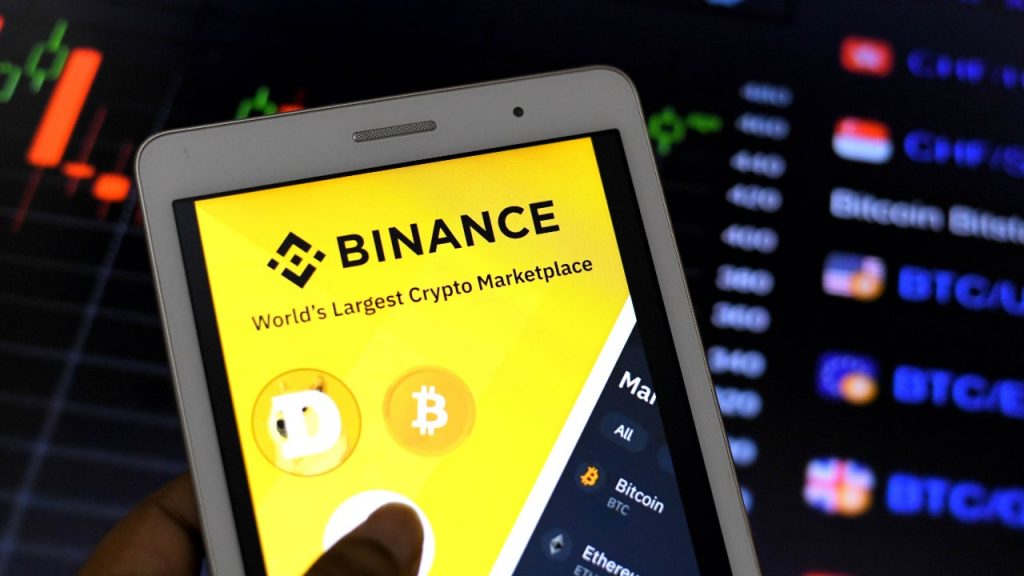
The platform’s name comes from a combination of ‘binary’ (a reference to computer coding) and ‘finance’. Binance uses state-of-the-art encryption methods to store your information securely, and they offer a wide range of coins for you to choose from.
This exchange runs on its cryptocurrency called Binance Coin (BNB). Users can pay their trading fees with BNB at a 50% discount rate, making it an appealing alternative to Bitcoin and Ethereum for transactions.
A unique feature of this exchange is that you can’t withdraw fiat currencies directly through the website. Instead, you must deposit Bitcoin or another crypto asset onto which you’ll trade your other altcoins.
Binance vs FTX – Functionality Comparison
We will get into the nitty-gritty details soon, but first, let’s start with the basics: the core fundamentals of what we’re comparing between FTX and Binance.
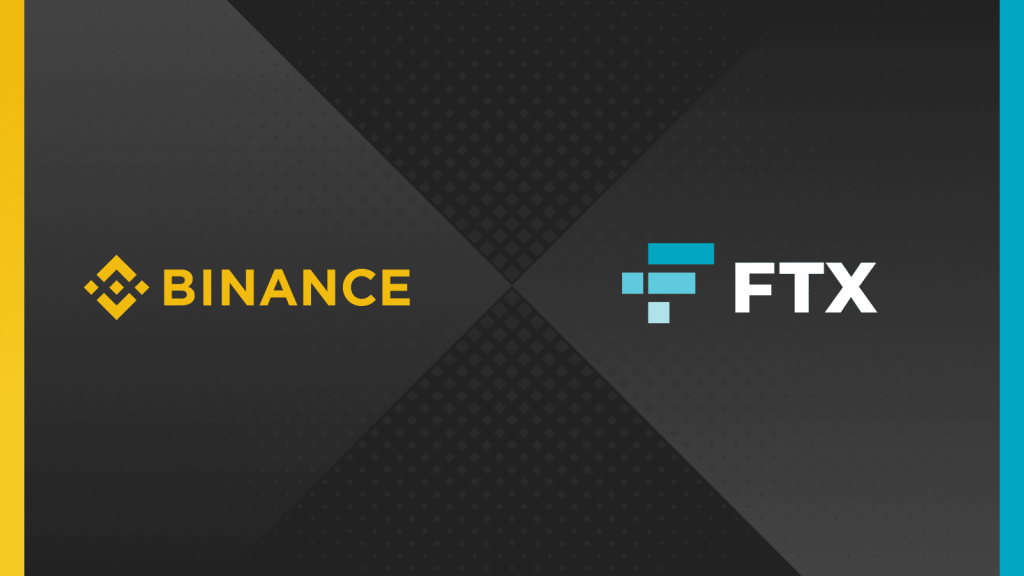
Let’s discuss why you should choose either FTX or Binance as your crypto portfolio manager. Both platforms have their pros and cons—it’s up to you to decide which platform is better for your needs.
FTX Staking vs Binance Staking
FTX and Binance both offer multiple staking programs for users, but the two exchanges take different approaches to how you can use a portion of your funds to earn interest.
FTX has a more straightforward approach, where you can deposit money into an account with a term of three days up to one year; you can receive interest on it at specified rates during that period.
Binance has nearly 30 different staking programs based on specific coins or tokens that you hold in your account. You must choose each program individually, each with an expiration date ranging between one month and one year.
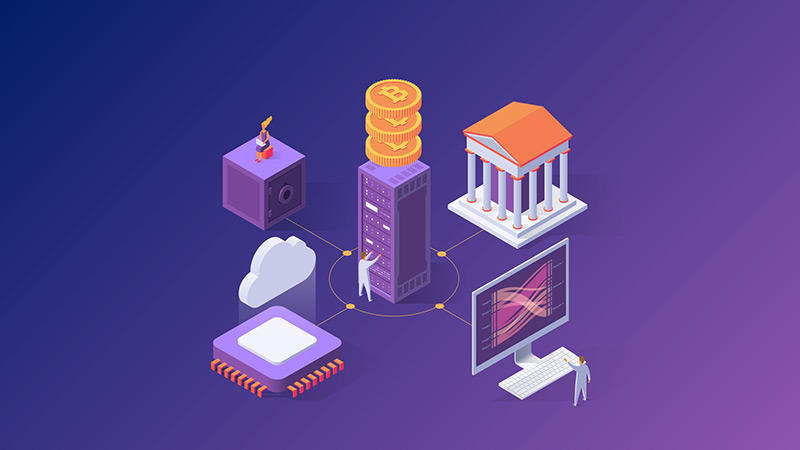
In most cases, Binance’s options are more complicated than what FTX offers and require additional research so you can understand them. On the other hand, Binance offers significantly higher interest rates than FTX in most cases (as high as 22% annually), while FTX rarely exceeds 10%.
Security Consideration When Holding Funds in Exchange
Another important consideration when deciding between FTX Binance is security. Both exchanges have received positive marks from various third-party reviewers. Even so, some concerns remain about holding large amounts of currency on either platform.
For example, cyber criminals could try to break through security to steal user funds. Suppose this type of attack ever succeeds against either platform.
You could potentially lose any money held there if not properly protected ahead of time through password/pin entry systems.
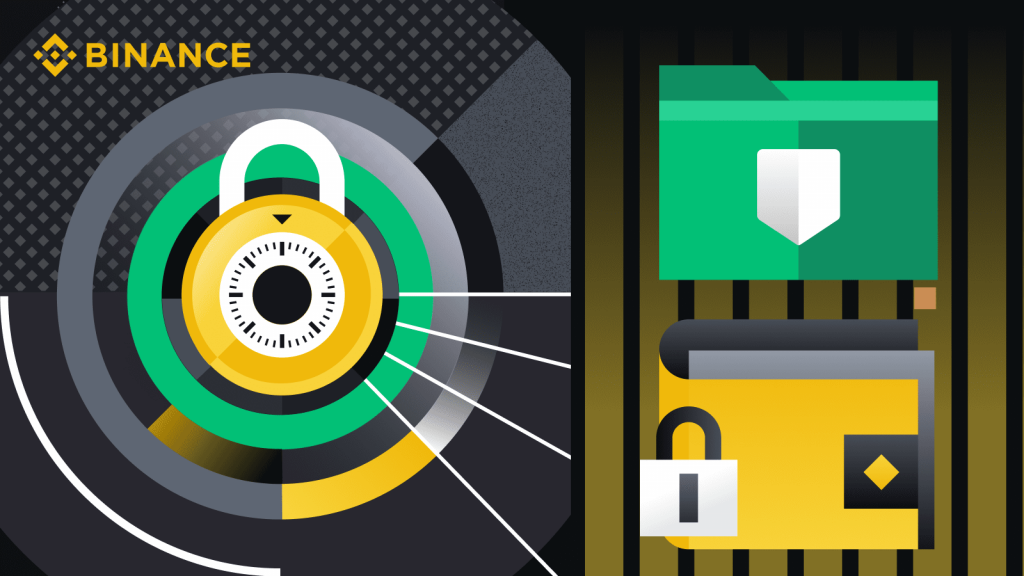
It’s recommended that all users take these extra steps when using either service. Then, there won’t be a chance someone else might get their hands on private information needed to break into accounts.
Customer Support
When it comes to customer support, FTX is the clear winner. Their support team is available 24/7, and you can reach them via any channel you prefer—email, live chat, social media or phone. They also have a robust Knowledge Base that includes articles and video users’ most common questions about their platform.
Binance offers a support line available Monday through Friday, from 9 AM to 5 PM EST. You can reach them via email or their website’s ‘Contact Us’ section.
Binance vs FTX Volume and Available Coins
Both Binance and FTX are two of the most popular cryptocurrency exchanges globally. Both have an easy-to-navigate interface and great support options, but what about their differences? Here are some key points to consider when comparing these two platforms.
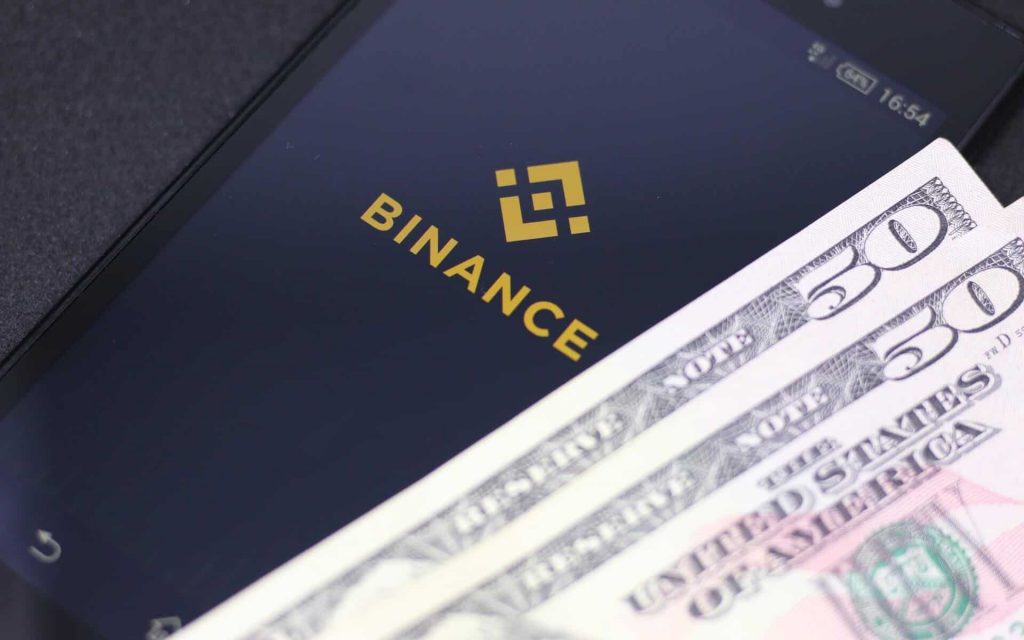
Volume and Account Opening Process
Another difference is Binance to FTX volume. In terms of trading volume, Binance has more than twice as much as FTX, according to CoinMarketCap data from February 2019.
This trading volume means that if you want to make a large purchase or sale without moving the price up or down too much, it would be easier to do so on Binance because there are more buyers/sellers there.
Both FTX and Binance have similar account opening processes. First, you need a valid email address and phone number to get started. The only difference is that you don’t need ID verification to sign up for a basic account on FTX (you can trade with 2 BTC per day without any ID verification).
In contrast, you must complete an identity check before making any trades on the standard version of Binance (licensed to operate in Malta and Jersey).
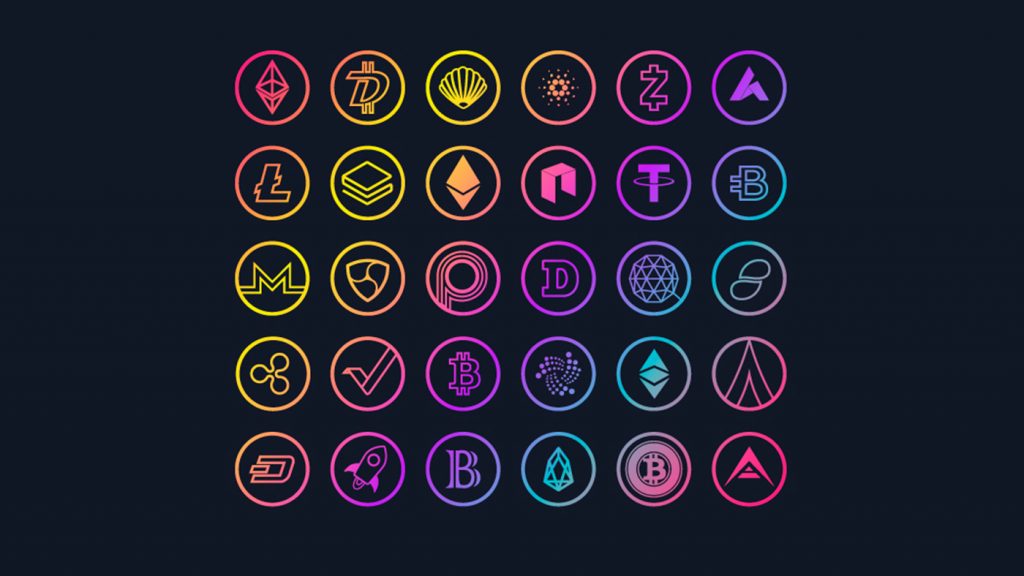
Supported Coins
Binance offers support for more than 400 different cryptocurrencies—far more than any other exchange platform on the market today—while FTX only supports around 50 different coins. If you’re looking to diversify your investment portfolio into different coins (like Bitcoin or Ethereum), then Binance will be better suited to your needs.
Both Binance and FTX support all major coins (BTC, ETH, LTC), but FTX also supports EOS and XRP, as well as some other coins that are not listed on Binance.
This availability gives FTX a slight advantage over Binance’s offerings but may not be enough to sway most users away from the larger exchange.
However, suppose you’re primarily interested in trading smaller currencies (Litecoin or Dogecoin). In that case, FTX might be a better option for your needs since it offers more options for these smaller assets.

Derivatives Products and Leverage
Let’s look at how derivatives products and leverage work before diving into the FTX to Binance discussion.
What are Derivatives?
Derivatives are investments based on the performance of an underlying asset, such as the stock market. You can use them to hedge risk or speculate on price movements.
For example, a farmer who wants to protect himself from fluctuations in the price of corn can purchase a derivative that tracks the price of corn futures. If his crop fails and the price of corn rises, he’ll be able to sell his derivative at a profit, covering his losses and protecting his farm.
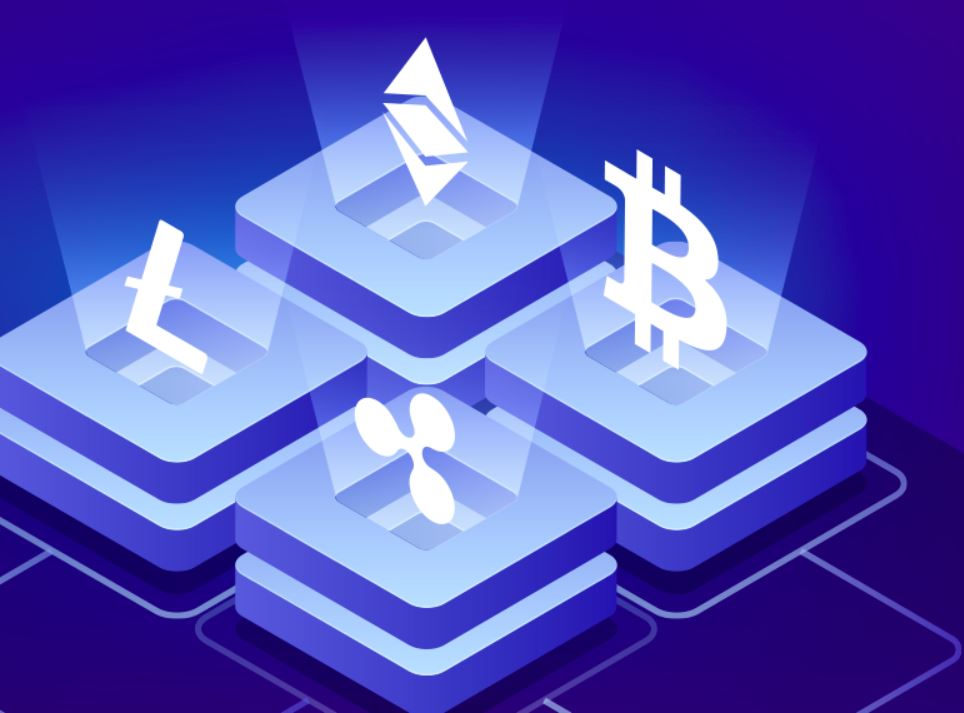
Why Do We Need Them?
Derivatives products and leverage are the ways investors can build their portfolios and manage risk.
Understanding how FTX derivatives products work will help you understand what they are. A derivative is an investment based on an underlying asset or security. You use a derivative to speculate on whether the underlying asset’s price will rise or fall in the future.
For example, if you own shares in Company X and think that Company X will become more valuable over time, you could use a call option on Company X stock to make money if your prediction comes true.
If the price of Company X stock goes up over time, you’ll make money on your purchase of call options—and if it doesn’t go up as much as you predicted, you won’t lose money either because the option itself wasn’t expensive.
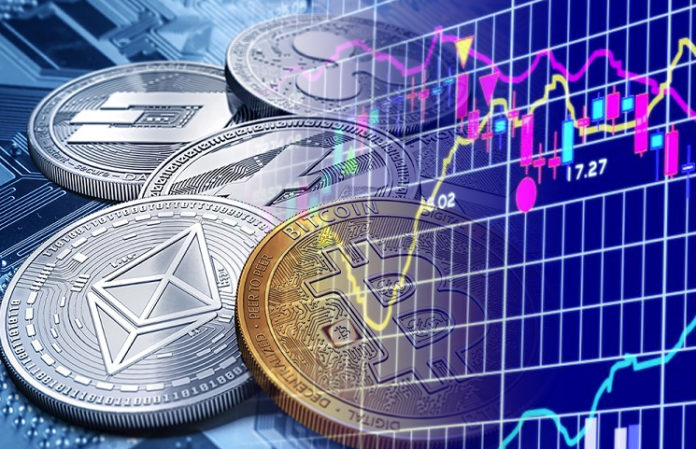
That’s just one-way derivatives can manage risk—but it’s not all! Other derivatives like futures contracts and options contracts allow investors to take positions on different commodities like gold or oil without buying physical barrels of oil themselves (which would be incredibly expensive).
What Is Leverage?
In forex trading, leverage is the ability to control large positions with only a small amount of capital. If you have €10,000 and want to trade with 10:1 leverage, you can control a position worth €100,000. When you use leverage, the amount of your trading account balance increases.
For example, if you have €10,000 in your account and use 3:1 leverage on a €30,000 position for EUR/USD (EUR per USD), your account balance will be €90,000 (3 x 30).
The amount you can borrow from your broker depends on the type of account you have and the leverage offered by your broker. Some brokers offer different levels of leverage based on their customers’ trading experience level or risk tolerance.
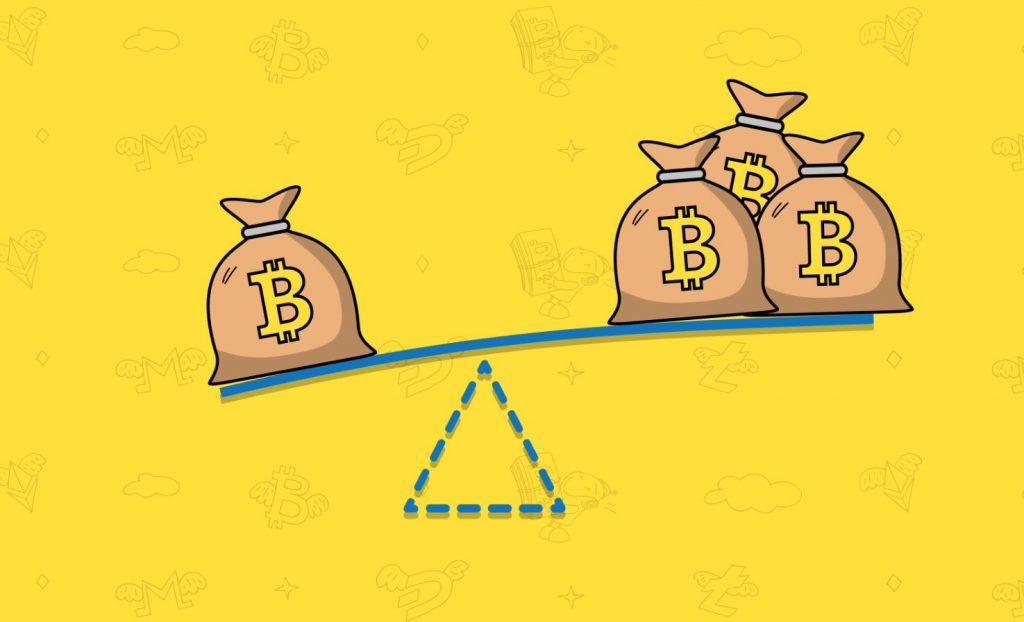
There are two types of accounts available when using forex derivatives products: margin accounts and non-margin accounts. Margin accounts allow traders to borrow money from their brokerage firm using the funds in their account as collateral.
This method means that traders don’t need to put up any cash before entering into a position; however, they must maintain sufficient equity in their margin account. If they don’t meet this requirement, they may face margin calls.
How Does Leverage Work in a Derivative?
A derivative is a financial product based on another asset. For example, you can buy a stock option—you would pay a small fee upfront and then have the right to purchase shares of the underlying stock at a specified price (the strike price) within a certain period of time (the expiration date).
If you think that the stock price will go up between now and the expiration date, you can use leverage to magnify your gains. Say you buy one contract (a single unit) of an option with a €10 strike price and an expiration date one year away.
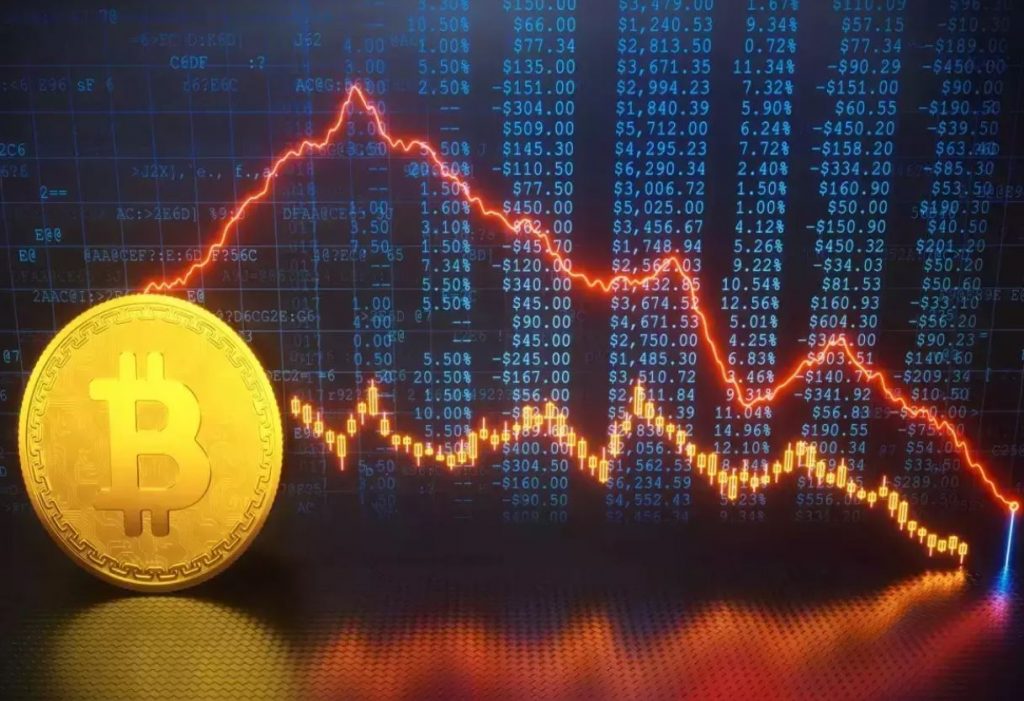
If this option costs €2 per share (€20 total), you use 20:1 leverage (you put down €20 and get control over 100 shares). If the stock goes up 2% by the time your option expires, you will make €200 on your investment (€2 per share × 100 shares = €200 gain).
How Can You Use Leverage to Your Advantage?
Leverage is a powerful tool for trading. If you’re new to trading, you may wonder how leverage works and what advantages it can give you.
Leverage allows traders to make more trades with less money. You can use leverage when buying stocks or other assets by borrowing money from your broker to buy more shares than you would otherwise be able to afford. Leverage allows investors to magnify their gains and losses in an investment.
If the price moves in the right direction (upward), you profit much more than you would have without leveraging your position. The same goes for downward movements—you could lose much more.
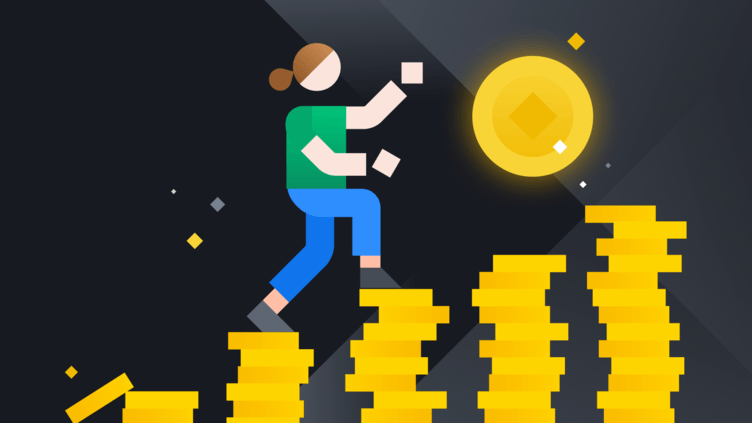
Leverage comes with many risks because it amplifies both gains and losses—keep that in mind before making any decisions about whether or not you should use leverage in your trades!
Let’s say you have €1,000. You want to bet on the price of gold going up by 5% over the next month. But, instead of buying gold futures at €1,200 per ounce, you go to FTX and buy a contract with a leverage of 10x (which means that for every dollar you invest, your contract will be worth €10).
Now, let’s say the price of gold goes up by only 3%, so it increases from €1,200 per ounce to €1,240 per ounce. Your contract would be worth €3 per ounce x 10 = €30 gain.
If gold had gone down by 2% instead of up by 3%, your contract would have gone down by 2% x 10 = €20 loss.
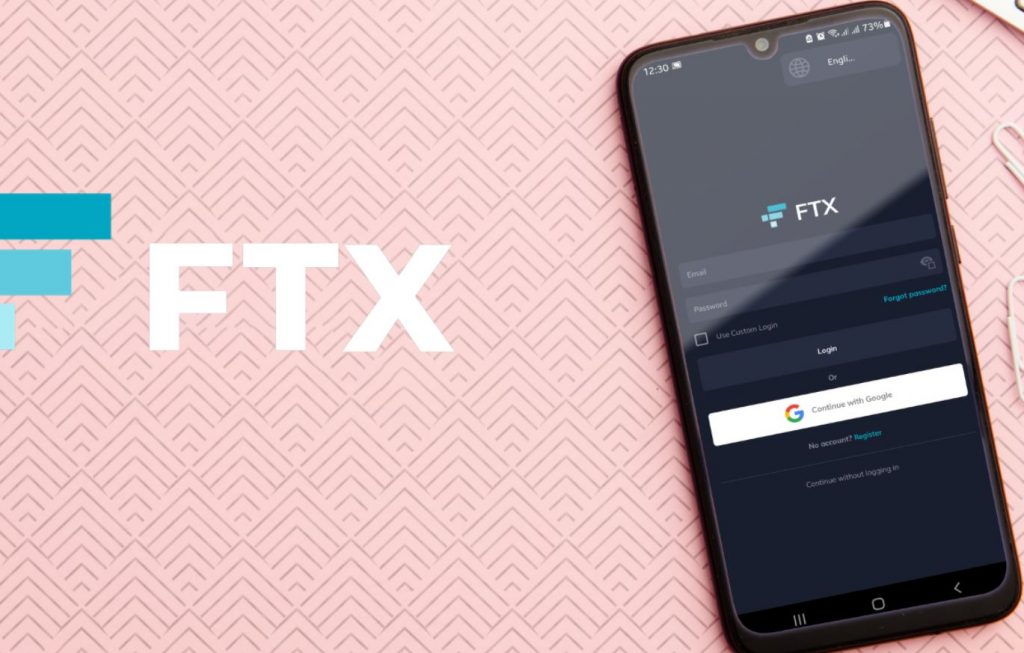
Derivatives Products and Leverage: FTX vs Binance Comparison
FTX offers different derivatives products that allow trading of cryptocurrencies with leverage or margin. These include leveraged Contracts for Difference (CFD).
These products allow traders to gamble on price changes for specific assets without owning them. They’re often used by novice traders who want to make money quickly but don’t have enough capital to invest in the underlying asset (such as gold or silver).
CFDs work by borrowing money from your broker to create a contract that mirrors the price movement of another asset—for example, if you expect gold prices to rise, you can borrow funds from your broker (or use your own).
Binance offers two types of derivatives: futures and perpetual swaps. Futures are a type of derivative where you agree to buy or sell an asset at a specific date in the future at a predetermined price. The person selling an asset promises to sell it, and the person buying an asset promises to buy it.
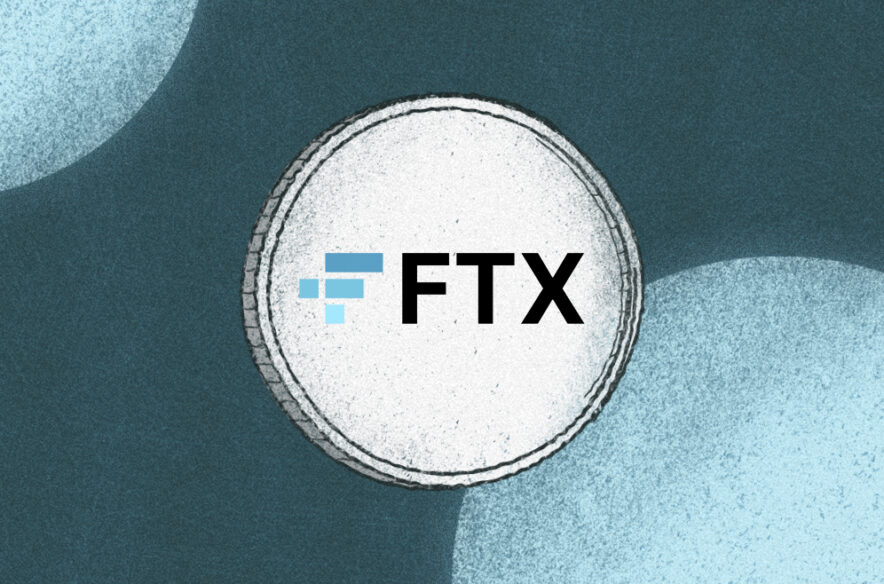
The seller is taking on risk by buying the future because they have to buy the asset before they know its value at settlement time. Futures markets allow sellers to lock in profits before they’re made by selling their position before settlement occurs.
Perpetual swaps are similar to futures, except they aren’t tied to any particular date or price—they continue indefinitely until one party decides to close out their position in the swap.
FTX vs Binance Fees
To help you decide which exchange suits you best, let’s look at how the two differ in their fee structures.
Trading Fees
FTX trading fees vs Binance; they both offer fees based on your level of experience with trading cryptocurrencies. For example, if you’re an experienced trader with a high amount of buying power, your fee will be 0% or just 0.1%.

However, if you’re new to cryptocurrency trading or don’t have much money to invest, your fee will be higher—typically 0.2% or 0.3%.
If you’re looking to buy cryptocurrencies such as Bitcoin (BTC), Ethereum (ETH), Litecoin (LTC) or Ripple (XRP), then either exchange will work fine. But if you want to trade altcoins like Cardano (ADA) or Tron (TRX), Binance is better suited for these types of trades because it offers more.
Binance vs FTX fees: Binance charges a flat fee of 0.1% per trade, which is pretty low (especially if you’re trading large volumes), considering that some exchanges charge much higher fees.
FTX vs Binance fees: FTX charges a flat fee of 0.1% per trade. So both have the same flat fee structure. In terms of fees, it’s a tie.
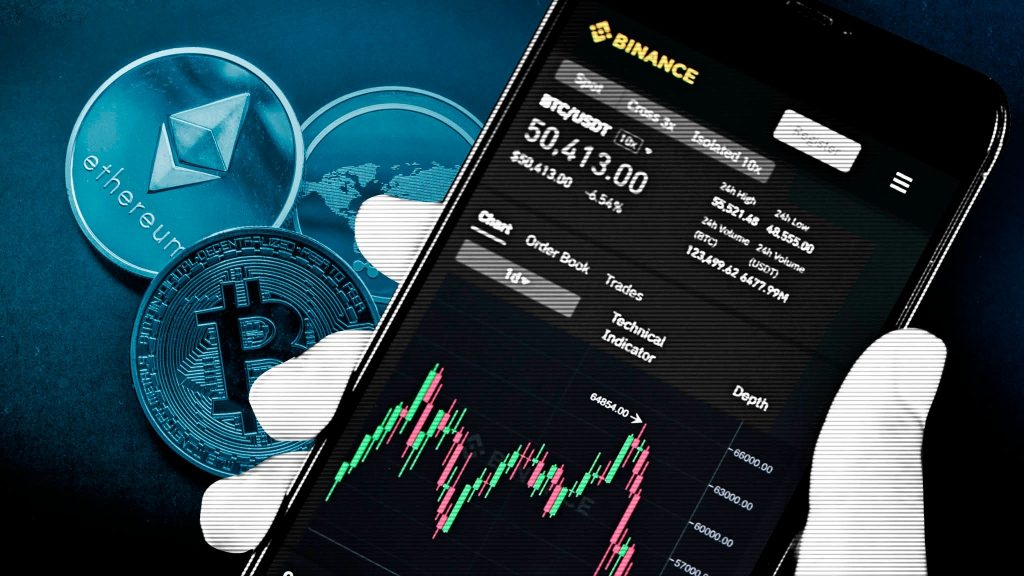
FTX vs Binance Futures Fees
Futures are contracts in which two parties agree to buy or sell something at a specific date in the future at a predetermined price. Because futures are standardised and traded on regulated exchanges, they’re considered safer investments than alternatives.
We will compare FTX vs Binance Futures to see if they’re a good deal. Binance fees vs FTX is about 0.20% per trade. If you’re buying or selling €100,000 every month, it will be €200 for the fees FTX vs Binance.
You can use futures for speculation or hedging against risk. When you buy a futures contract, you’re buying a claim against an underlying asset—in this case, Bitcoin—at a specific price. You don’t have possession of the asset itself until you exercise your option and deliver or receive payment for it.
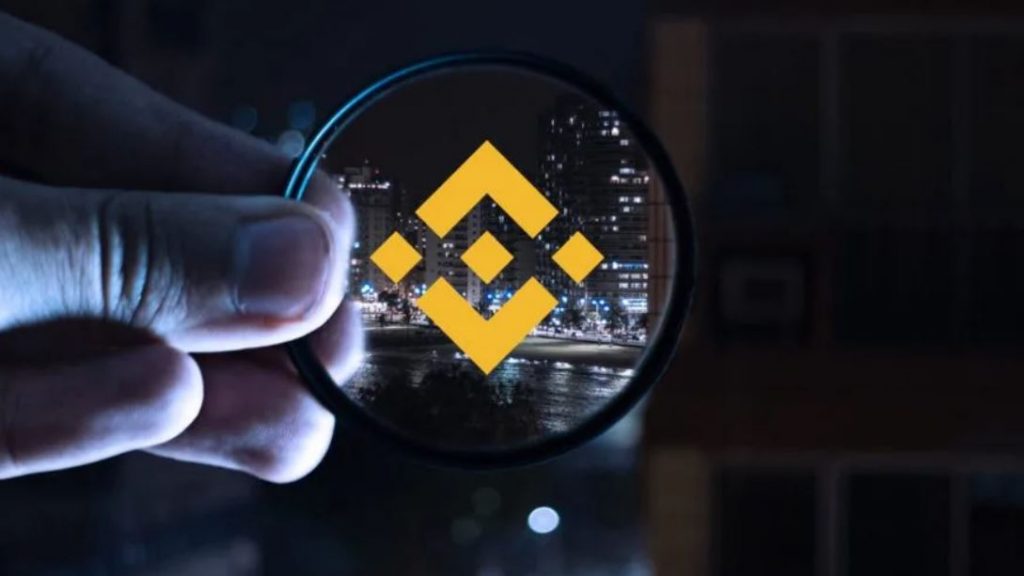
This outcome means that you’ll make money if the price goes up between when you bought your contract and when it expires.
FTX vs Binance Futures fees are about 0.50% per trade. If you’re buying or selling €100,000 every month, the FTX fees vs Binance will be €500.
There are two different types of futures contracts: cash-settled and physically delivered. Both types have different benefits and drawbacks depending on what you’re trying to accomplish.
FTX Withdrawal Fee vs Binance
Let’s start by comparing their fees. Withdrawal fees are charged when you remove funds from an exchange. These fees usually range from 0.1% to 2%, depending on which currency you want to withdraw.
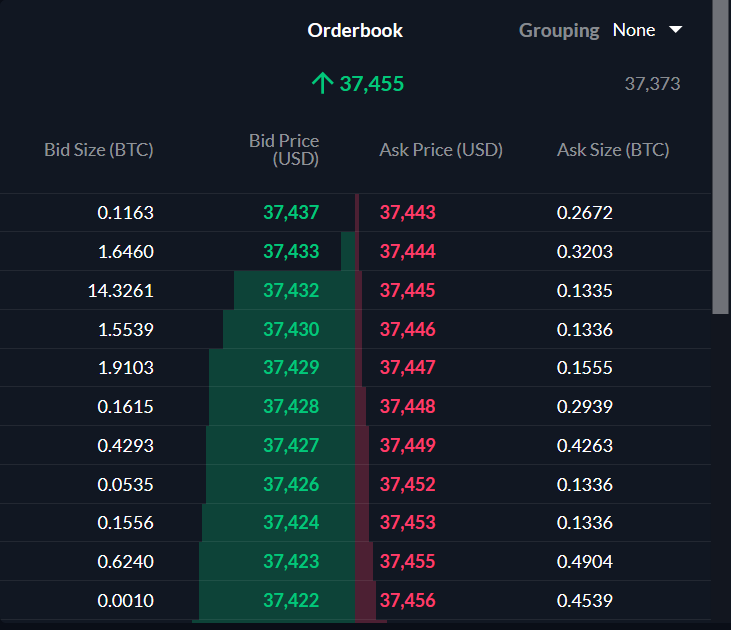
The FTX withdrawal fee is about 0.5% for all withdrawals, except for BTC, which has no withdrawal fee. These withdrawal fees FTX means that if you have at least 10 BTC in your account and withdraw it, the FTX exchange vs Binance will charge you €5 as its FTX fees withdrawal.
The FTX minimum withdrawal amount is €1 or equivalent in other currencies (€1). This minimum withdrawal means that if you have less than €1 in your account, there will be no way to withdraw any money from this exchange.
Both Binance FTX exchanges charge more or less similar withdrawal fees for BTC and ETH, but FTX charges more for other currencies like USD and USD/EUR pairings. If you want to move your money off one of these platforms without paying any fees, look into investing in an exchange-traded fund (ETF).
Conclucion: Is Ftx Better Than Binance?
FTX is a young crypto exchange that has a lot of potential. Despite being young, it has created a great community and gained much attention in the cryptocurrency space. FTX provides great trading opportunities, serving as an exchange for futures contracts, options trading and more.
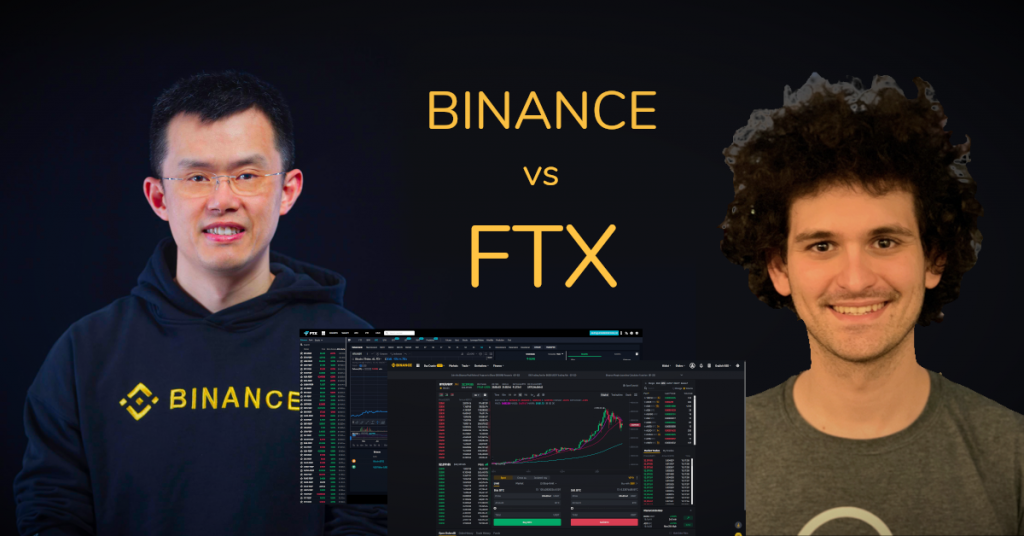
If you’re looking for secure transactions, it’s one of the best with its high-tech security features. However, if you’re starting your journey in the crypto world and have no trading or investing experience, we recommend starting with Binance instead.
Binance is probably one of the most well-known exchanges out there. It’s very easy to use, even for those who don’t have much experience trading or investing in cryptocurrencies or other digital assets like Bitcoin (BTC). We think FTX may be better than Binance in regards to its security features.
Their team has done some really great work here. Binance creates cold wallets, allowing users to store and get additional protection against hackers safely. They use multi-signature addresses where multiple people must approve any transaction before you can move funds into these hot wallets.
